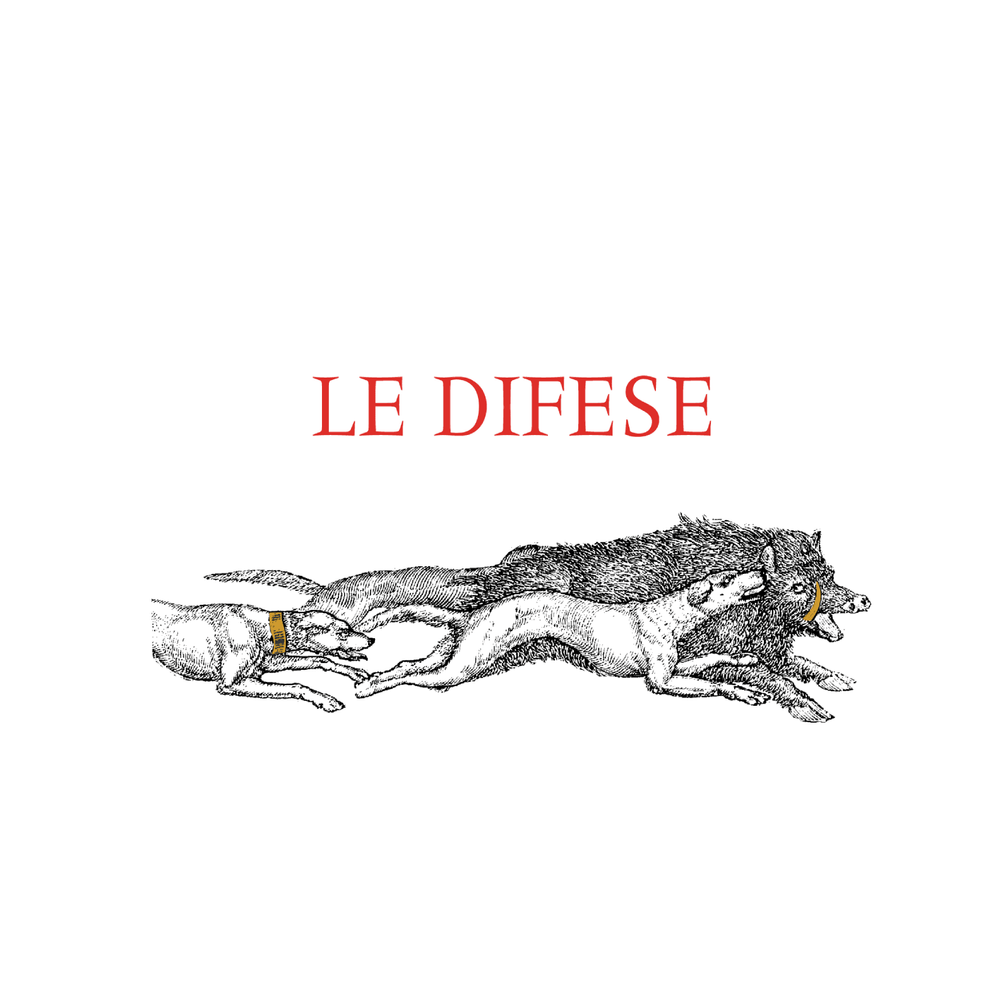Data Sheet
LE DIFESE 2003
CLASSIFICATION
IGT - Toscana
FIRST VINTAGE ON THE MARKET
2002
GRAPES
Cabernet Sauvignon, Sangiovese

Le Difese
SOIL STYLE
The soils on which the vineyards stand has varied and complex terrain features with a strong presence of limestone, feature areas rich in marl and pebbles as well as being partly clayey; they sit at an altitude of between 100 and 300 metres above sea level, with a south/south-west exposure.
WEATHER TRENDS
In some respects, the climate in 2003 was rather similar to that of 2001, with the exception of both winter and spring characterised by low temperatures that delayed flowering. The summer, on the other hand, was very hot from the outset, with temperatures above the norm. The lack of rainfall and very dry weather caused an early ripening and, for some grape varieties, even a slight over-ripening. The harvest began at the end of August and was completed by the end of September.
HARVESTING
The ripening of the grapes was optimal for its aromatic and taste components, accompanied by optimal thickening of the skins, which were rich not only in aromas, but also in noble and aristocratic tannins and excellent anthocyanins. Harvesting began in the last few days of August and continued for approximately one month.
FERMENTATION
Careful selection and sorting of the bunches by hand. Soft destemming of the grapes.
Primary fermentation took place in stainless steel vats at a controlled temperature (27-28°C). Maceration on the skins for 13-15 days for the Cabernet Sauvignon and for about 14-18 days for the Sangiovese, with successive phases of pumping over and frequent deléstage to stimulate aromatic extraction and soften the tannins. Malolactic fermentation was carried out in steel and concluded towards the end of November.
AGEING
At the end of the malolactic fermentation, the wine remains in steel for about 3-4 months and temperatures are kept around 10 ° C. Periodic decanting is carried out to eliminate the sediments. The wine then undergoes an aging in wood, with French oak barriques previously used for Sassicaia and Guidalberto, for an average period ranging from 6 to 8 months. At the end of the aging period in wood, the wine returns into the steel tanks where the temperature is stabilized for about 20 days at around 4-5 ° C for the necessary tartaric stabilization, before bottling.